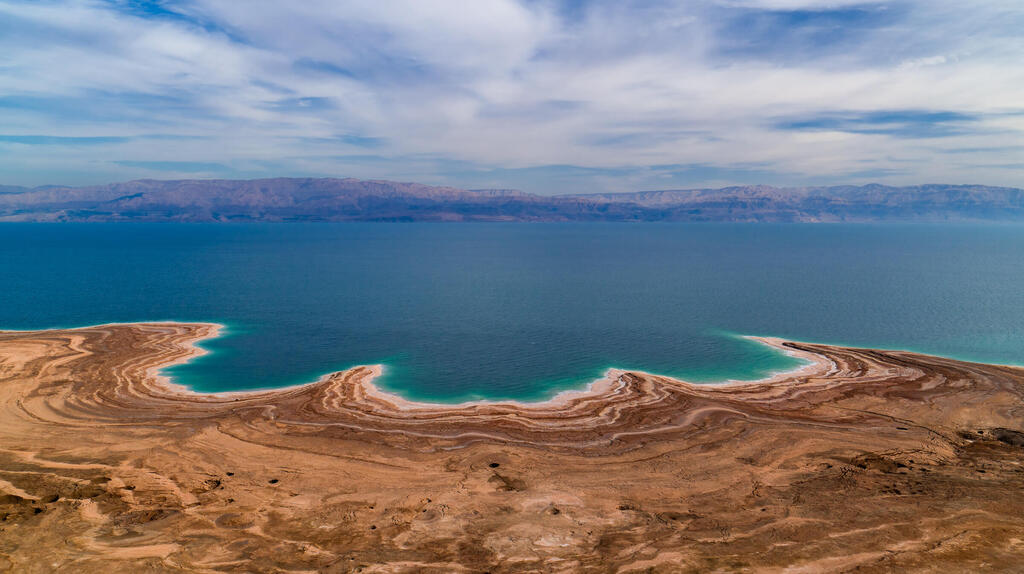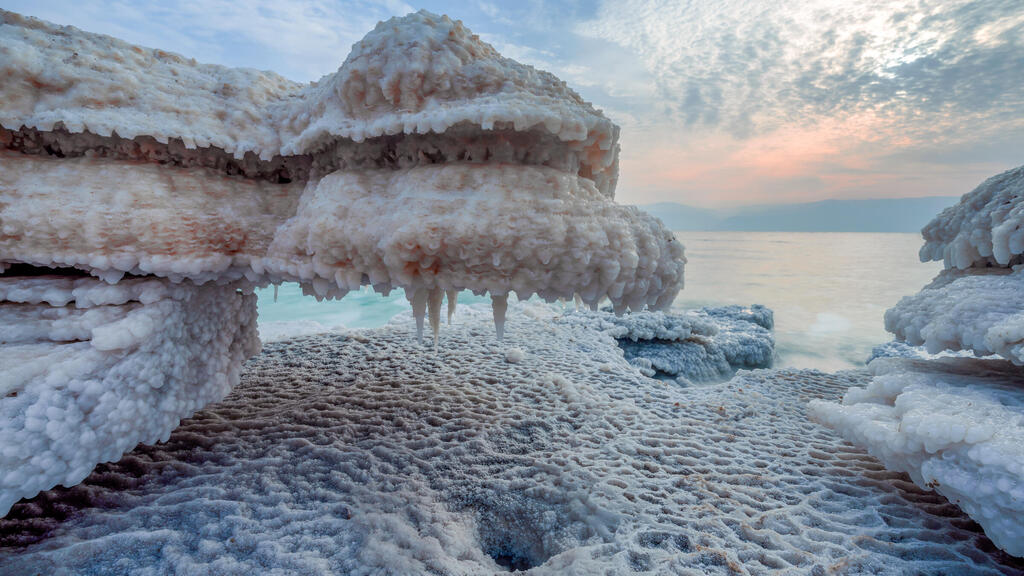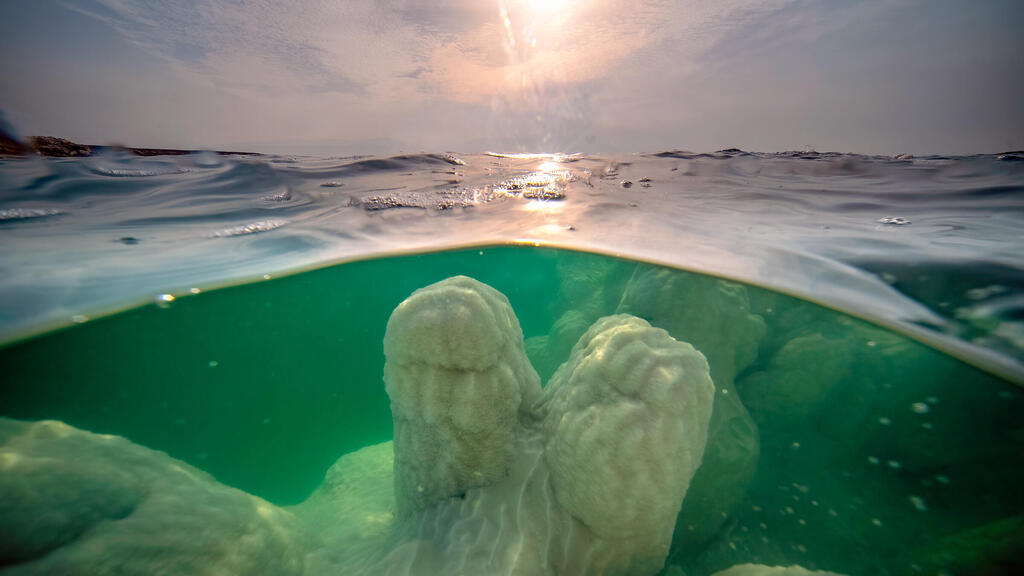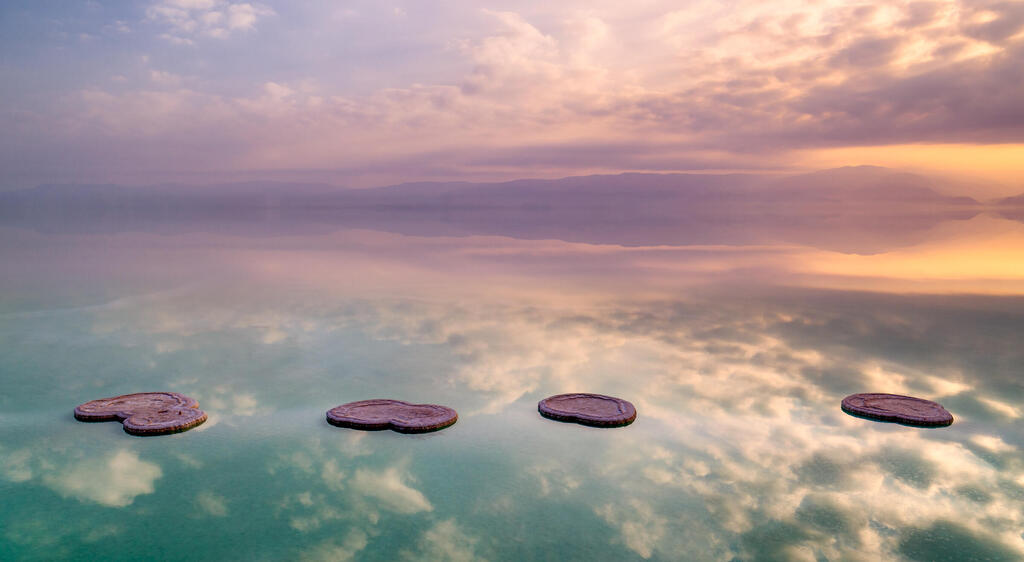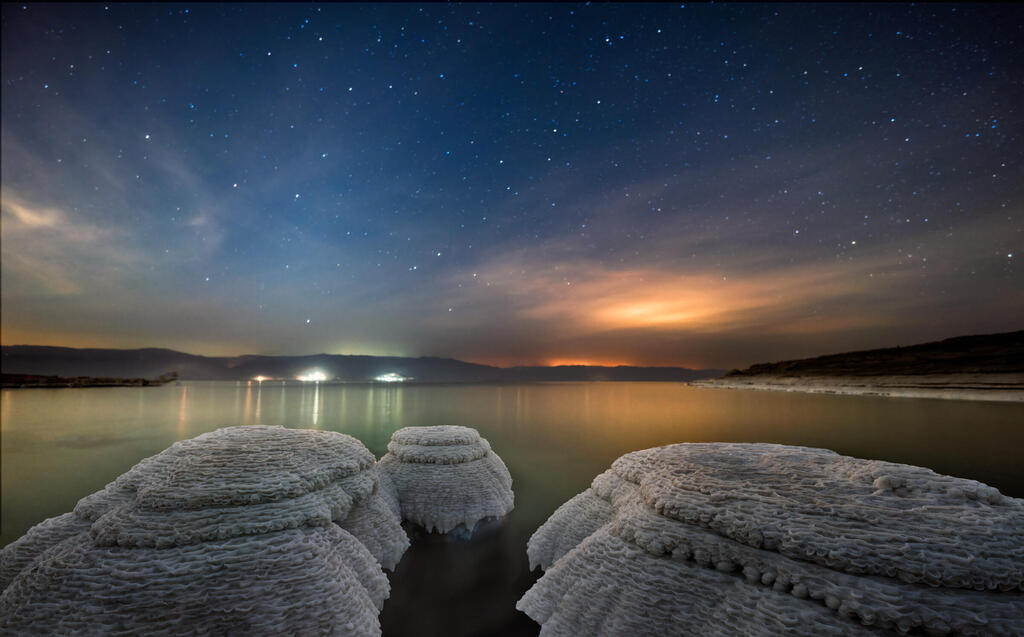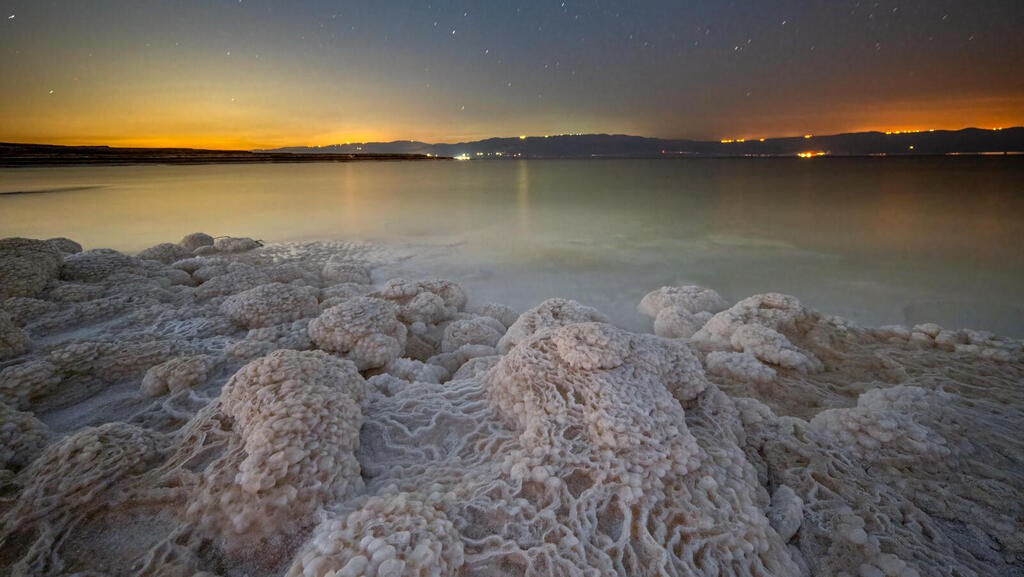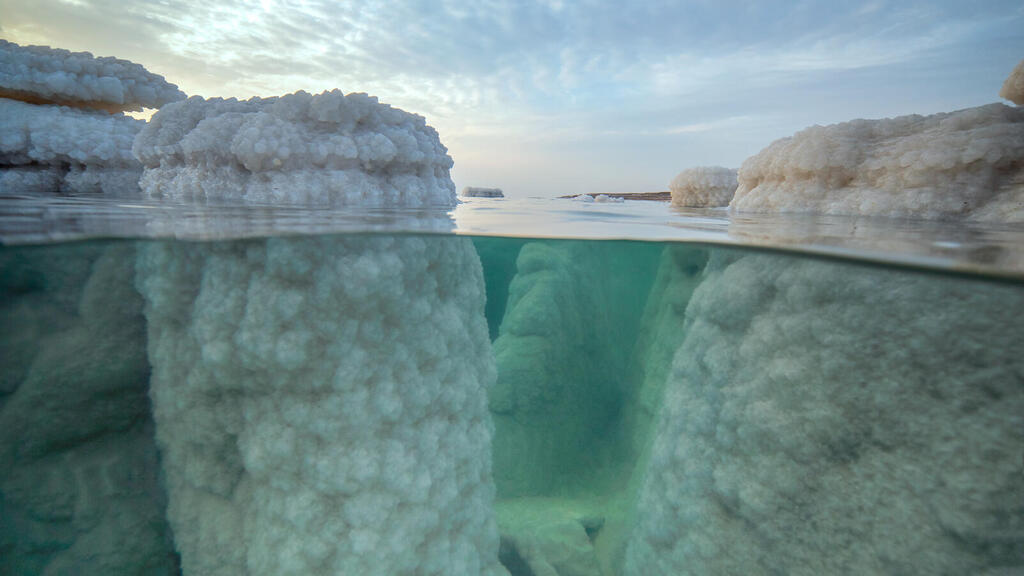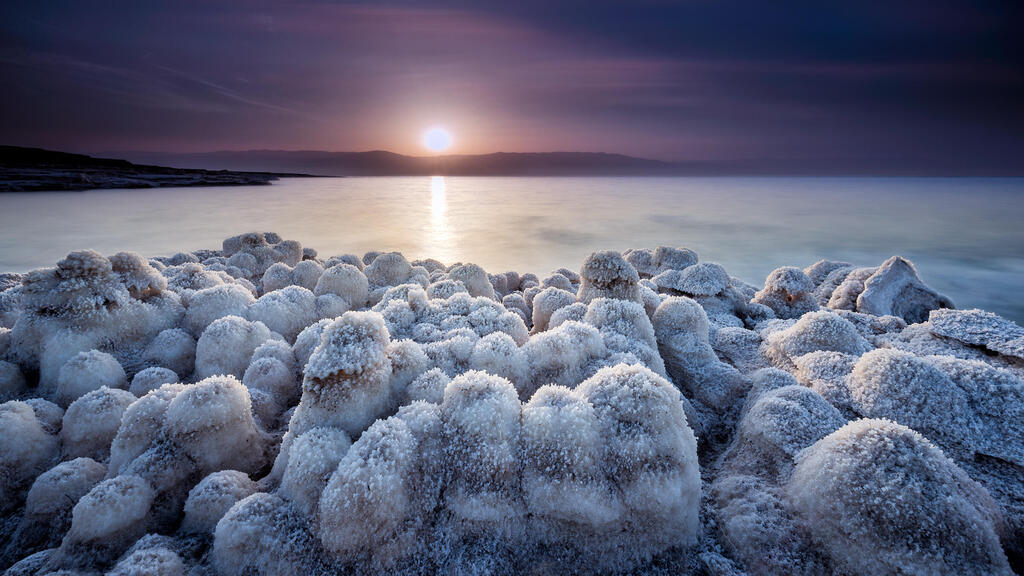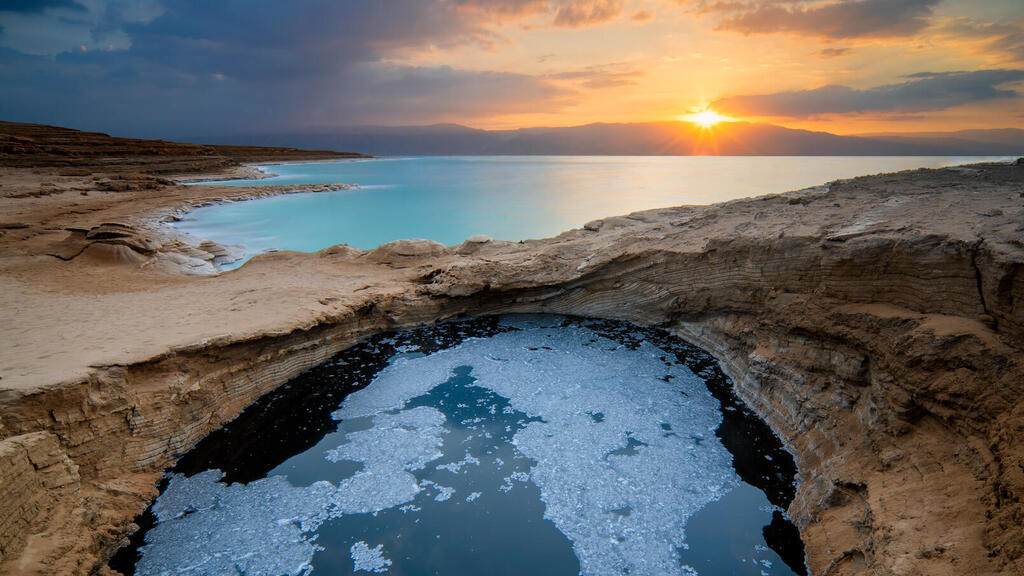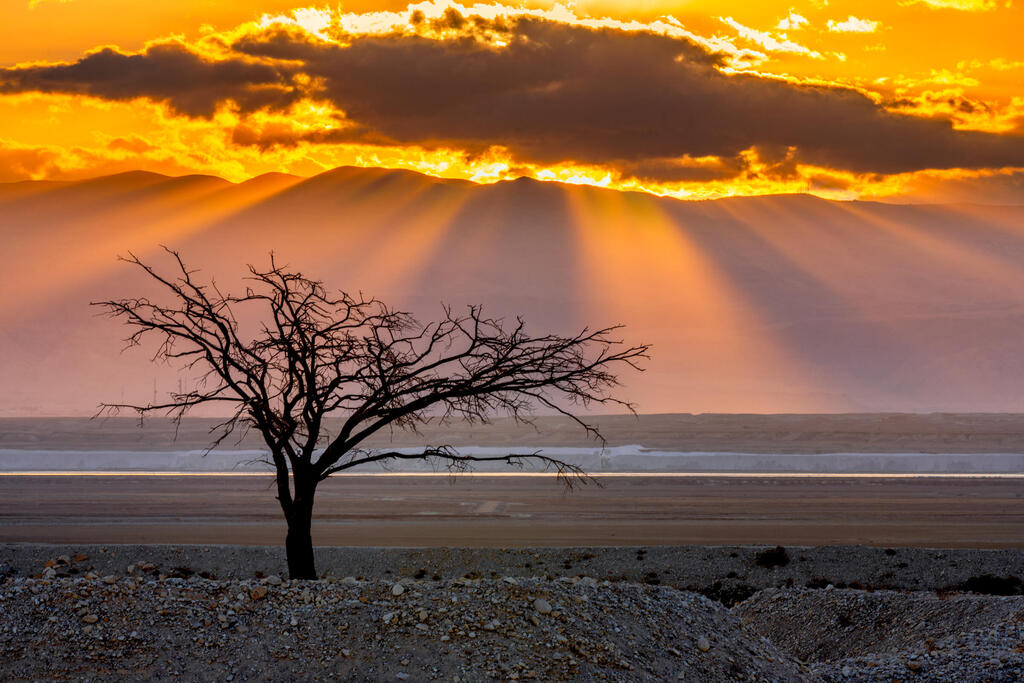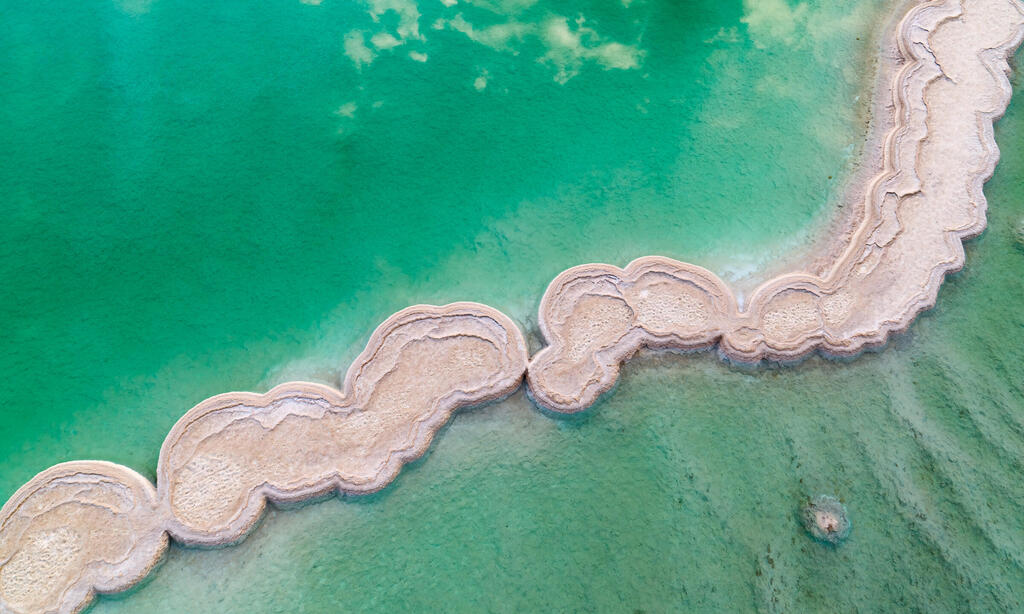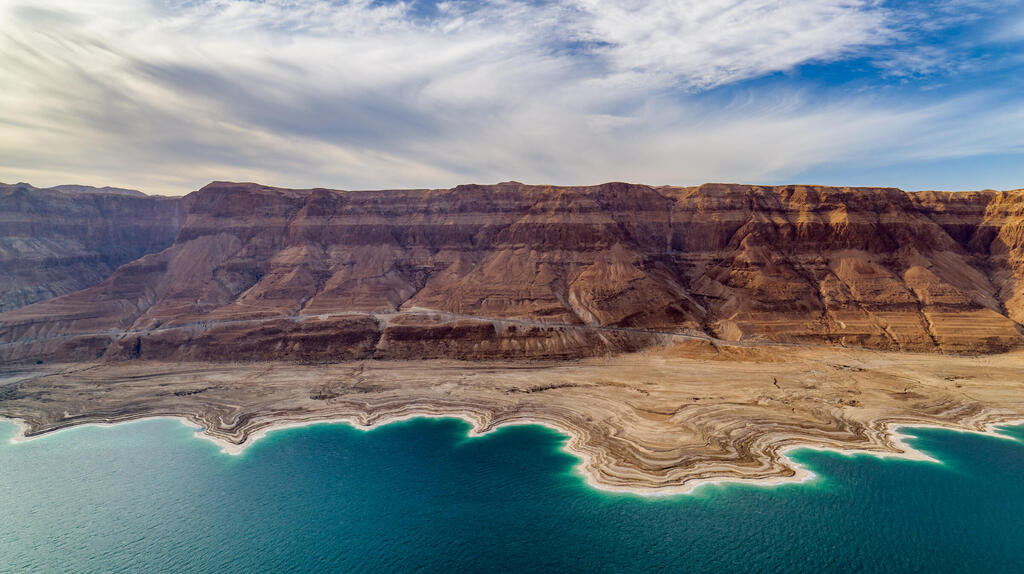Asaf Amran is a well-known Israeli nature photographer, whose work has been published in local and international media outlets, including National Geographic Magazine.
Amran traveled and documented nature all over the world, but he spent his past year by the Dead Sea, creating a unique project in an effort to capture the magnitude of the disappearing wonder of the world. "For a whole year, I visited the Dead Sea every week," he says.
"Since I was a kid, I have always been busy creating, that's what excites me. Especially to see people enjoying or get excited by my work.
"Photography takes me to nature, to magical places. The composition doesn't end with a blink of the camera, it continues in editing software on the computer, where I give an additional expression to my style that amplifies the beauty I capture," Amran said.
"I take pictures with lots of technique and equipment, so the possibilities I have for the work are enormous - skimmer, sliders, night-photography equipment, in-water photography, video, and more."
"A year ago I arrived at the Dead Sea, and I was in a location I visited a year ago, I saw how the place had completely changed. Things I captured a year ago died, but other new things were born," he says.
"And so, I decided that I wanted to do a huge project: To photograph the entire Dead Sea, so that the project would show the tragic and painful situation of the a in contradiction to reality."
When Amran says in contradiction to reality, he means that the sink lends, the salt mushrooms, dehydration, and even the mud are shown in his photographs in such a way that for a moment the tragedy of the disappearing sea is forgotten.
"The photos taken show the regression of the area over the months, and how the sea will soon disappear completely. That's why the project is called: 'Dying beauty.'"
Amran explains that in order to create something extraordinary and ambitious, he decided to make his project four dimensional, capturing it during every season, during the day and at night, at sunrise and sunset.
"The creation of this remarkable project included a very large investment of time and resources, with weekly visits to the Dead Sea for a whole year between 2021 and 2022. It also included special visits to places like sinkholes and inaccessible areas," he say
"Once I realized I wanted to capture all these dimensions, I looked for a way to film inside the Dead Sea, and most importantly, I realized what to film."
According to Amran, the photography was done using a professional underwater photo enclosure that is usually used by divers. "In the Dead Sea, of course, there are no corals or fish to capture, but there are beautiful forms of salt 'shrooms.'"
"All of the work was done in one shot without manipulation of images," Amran says, adding that he photographed not only stills in the water but video as well.
Amran also spoke about the several challenges of filming in the Dead Sea.
"First, in a photograph above the ground or with a drone, there is no problem capturing everything. The camera is able to see for miles away, so there is no difficulty in producing an accurate focus of the view."
"But underwater, with the density of salt in the Dead Sea measuring 34%, water is not clear and it is difficult for the camera to capture things, it is also difficult to make it focus on a specific object. I've had many attempts and patience to achieve satisfactory results. Sometimes I focused the camera on the part that was peeking over the water," Amran says.
"Secondly, taking photos inside the water requires getting wet, and in the Dead Sea, it is even harder because of the high amounts of salt. The salt sticks to the hands and the equipment. But I came prepared in advance with towels, wipes, and water to wash my hands and equipment."
Another thing that makes photography and filming very difficult, according to Amran, is that everything floats in the Dead Sea.
"It took great effort to put the camera with the case in the water," he laughs.


